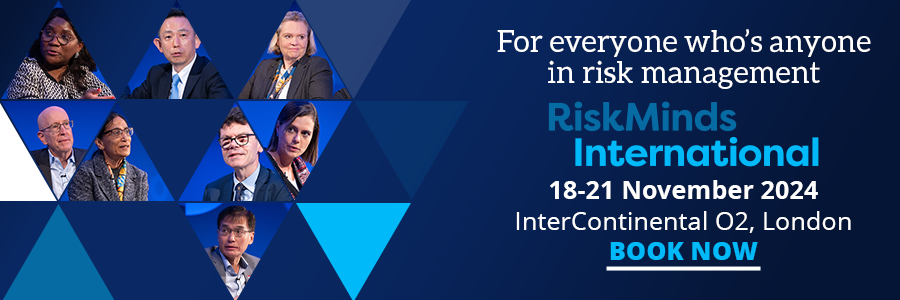Future-proof: Resilient and sustainable growth in the age of digital transformation

The global banking industry is undergoing a transformation unlike any before, driven by a confluence of technological advancements, evolving customer expectations, and regulatory developments. In this rapidly changing environment, financial institutions face the dual challenge of staying competitive while ensuring sustainable growth. This article will delve into the key trends reshaping the banking landscape and highlight the critical importance of building integrated capabilities that offer seamless customer journeys.
The shift to digital-first banking
One of the most profound shifts in the banking sector is the move towards digital-first services. Customers now expect to manage their finances through convenient, intuitive digital platforms that are available anytime, anywhere. This shift has been accelerated by the Covid-19 pandemic, which forced many customers to adopt digital channels for the first time. As a result, banks must invest in technologies that not only meet but anticipate customer needs. From mobile banking apps to AI-driven chatbots, digital-first services are no longer a luxury; they are a necessity.
However, the push for digital transformation goes beyond simply offering online banking options. Financial institutions must integrate these digital services into a cohesive ecosystem that provides a seamless experience across all touchpoints. This means breaking down silos between departments, leveraging data analytics to understand customer behavior, and ensuring that every interaction, whether online or in-person, is part of a unified customer journey.
The rise of open banking and ecosystem integration
Open banking is another key trend driving change in the global banking sector. By allowing third-party developers to build applications and services around financial institutions, open banking fosters innovation and competition. This trend is not only reshaping how banks operate but also how they collaborate with fintech companies and other partners. The future of banking will be defined by ecosystems, where financial services are seamlessly integrated into broader digital experiences.
For banks, the challenge lies in managing these ecosystems effectively. It requires a shift from traditional, closed models to more open, collaborative approaches. This shift is about more than just technology; it’s about rethinking the role of the bank in the customer’s life. By building partnerships and integrating services across platforms, banks can offer more personalised, holistic experiences that meet the diverse needs of their customers.
Enhancing customer experiences through personalisation
As customer expectations continue to evolve, personalisation has become a key differentiator in the banking sector. Customers today expect more than just standard financial services—they want experiences that are tailored to their individual needs and preferences. Personalisation can take many forms, from targeted product recommendations to customised communication and support.
To deliver on this promise, banks must leverage data analytics and artificial intelligence (AI) to gain deeper insights into customer behavior. By analysing transaction data, social media activity, and other digital footprints, banks can identify patterns and predict future needs. This allows them to offer products and services that are not only relevant but also timely. Moreover, personalised experiences help build trust and loyalty, which are essential for long-term customer relationships.
The importance of integrated capabilities
In a world where customer journeys are increasingly complex and multi-channel, the ability to offer integrated capabilities is crucial. Customers expect to start a transaction on one channel and complete it on another without any friction. This requires banks to ensure that all their systems—whether related to payments, lending, or customer support—are interconnected and can communicate seamlessly.
Building integrated capabilities also means adopting a customer-centric approach. Instead of focusing on products or channels, banks must think in terms of the entire customer journey. This involves mapping out all potential touchpoints and ensuring that each one contributes to a consistent and cohesive experience. By doing so, banks can reduce customer effort, increase satisfaction, and ultimately drive business growth.
Navigating regulatory changes
Regulation is another key factor influencing the global banking sector. From data privacy laws like GDPR to anti-money laundering (AML) requirements, banks must navigate a complex and ever-changing regulatory landscape. Compliance is not just a legal obligation; it’s also a competitive advantage. Banks that can demonstrate their commitment to security and transparency are more likely to earn the trust of their customers.
However, compliance should not come at the expense of innovation. By integrating regulatory requirements into their digital strategies, banks can develop solutions that are both compliant and customer-friendly. For example, automated compliance tools can help banks monitor transactions in real time, ensuring that they meet regulatory standards without slowing down the customer experience.
The road ahead: Building for the future
As we look to the future, it’s clear that the banking sector will continue to evolve at a rapid pace. The institutions that succeed will be those that embrace change, invest in innovation, and put the customer at the center of their strategies. Building integrated capabilities is not just about technology; it’s about creating a culture of collaboration and continuous improvement.
By focusing on seamless customer journeys, banks can not only meet current demands but also anticipate future needs. This proactive approach will be key to achieving resilient and sustainable growth in an age of digital transformation. To dive deeper into these trends and learn how your organization can stay ahead of the curve visit the SAS website on enterprise decisioning or download our eBook Be Future-Ready with an integrated approach to Enterprise Customer Decisioning now.
